During a discussion of the pixel-level sharpness of the GFX 100 sensor, a GetDPI member offered me a Siemens Star photograph made with a Phase One IQ4 150 MP. I was interested in comparing it with some shots I have made with the GFX 100, which has the same pixel pitch, is manufactured by the same company, and has similar read noise and full well capacity. Also interesting to me in this context is the Sony a7RIV, which also has the same pixel pitch and is manufactured by the same company (that would be Sony). Are all these sensors just different-sized slices from the same hunk of wurst?
I couldn’t open the IQ4 file in Lightroom or ACR, but I brought it into RawDigger, and exported the first green channel. I did the same with some GFX 100 images of the Siemens Star.
Here’s a 300% magnification of a 267×276 pixel crop from the green channel only of an image I made with the GFX 100, the Fuji 110 mm f/2 lens, at f/2.8:
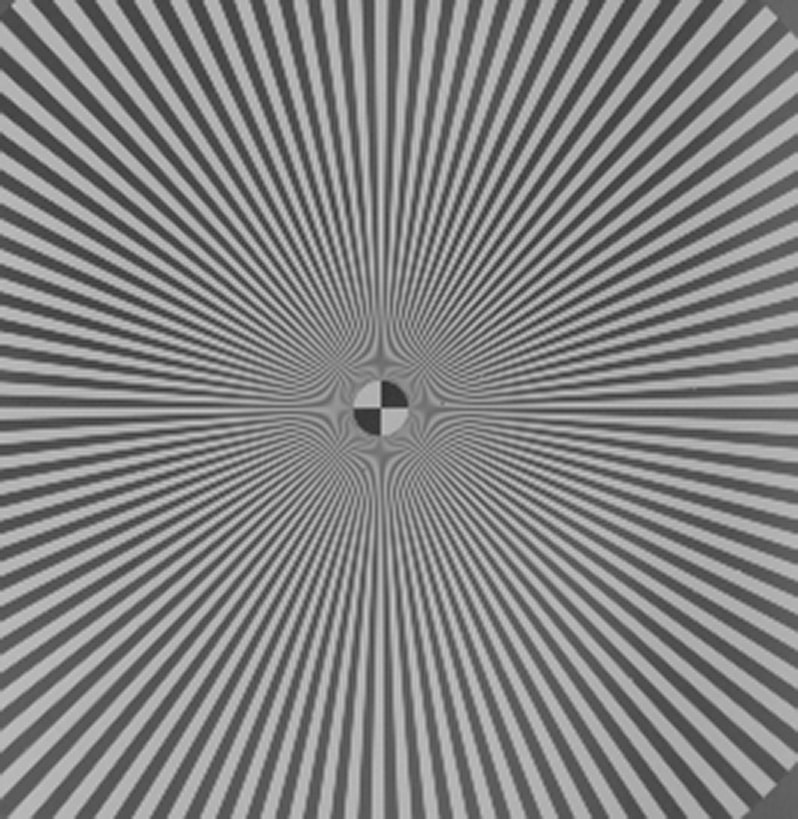
And here’s an image made with the IQ4 150 MP and the Schneider 60mm Apo-Digitar f/5.6 XL at f/8:
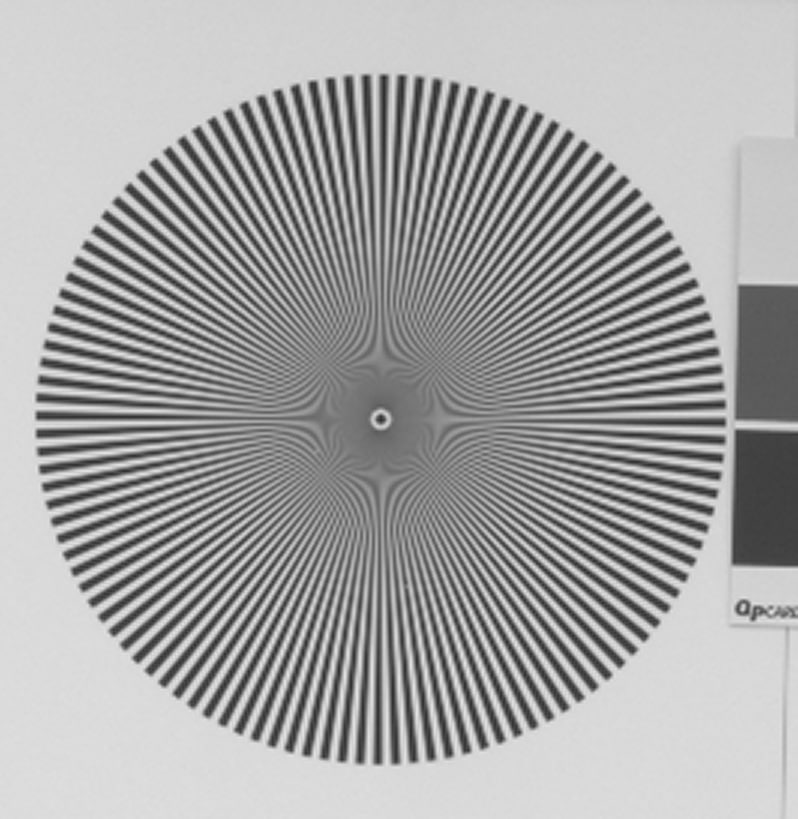
The Fuji is sharper. Well, the aliasing is sharper. But that spread in f-stops isn’t fair to the Phase One. If we stop the Fuji 110 mm lens down to f/8:
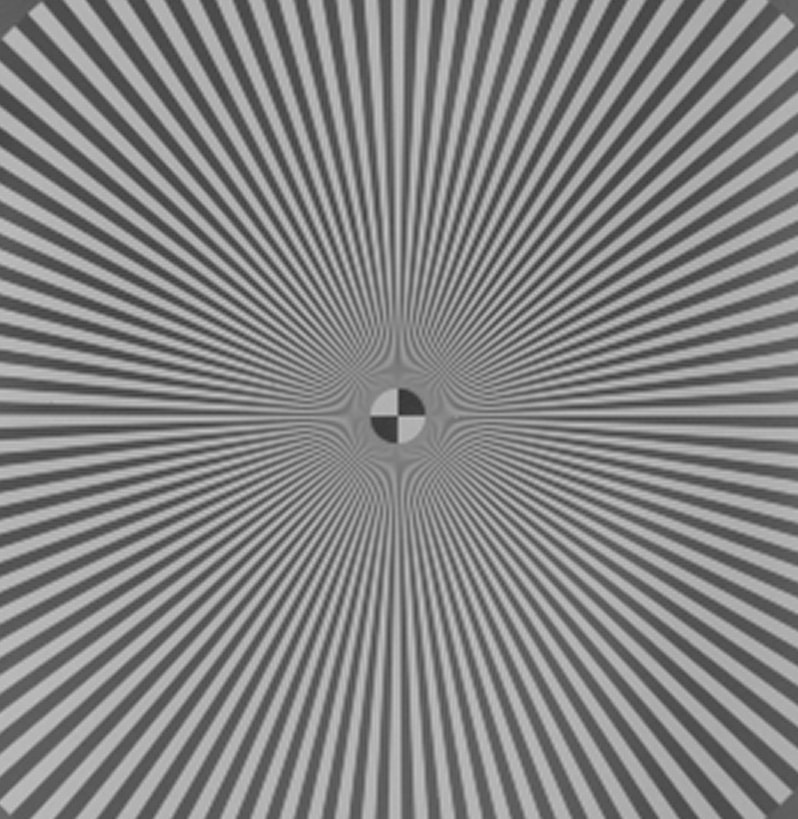
Now they’re looking really similar, if you can get over the fact that the targets are somewhat different.
Here’s a IQ4 150 MP shot with the Schneider 90 mm XL lens:
Pretty much the same thing.
[Added 8/23 — Images with the IQ4 150 MP and the Rodenstock 90 mm f/5.6 HR Digaron-W/SW]
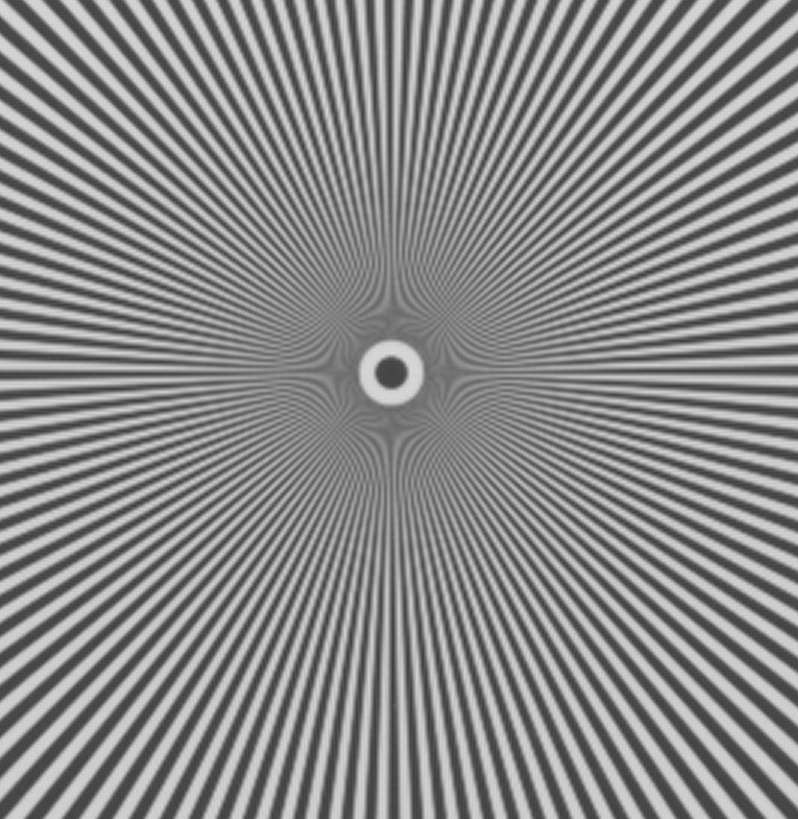
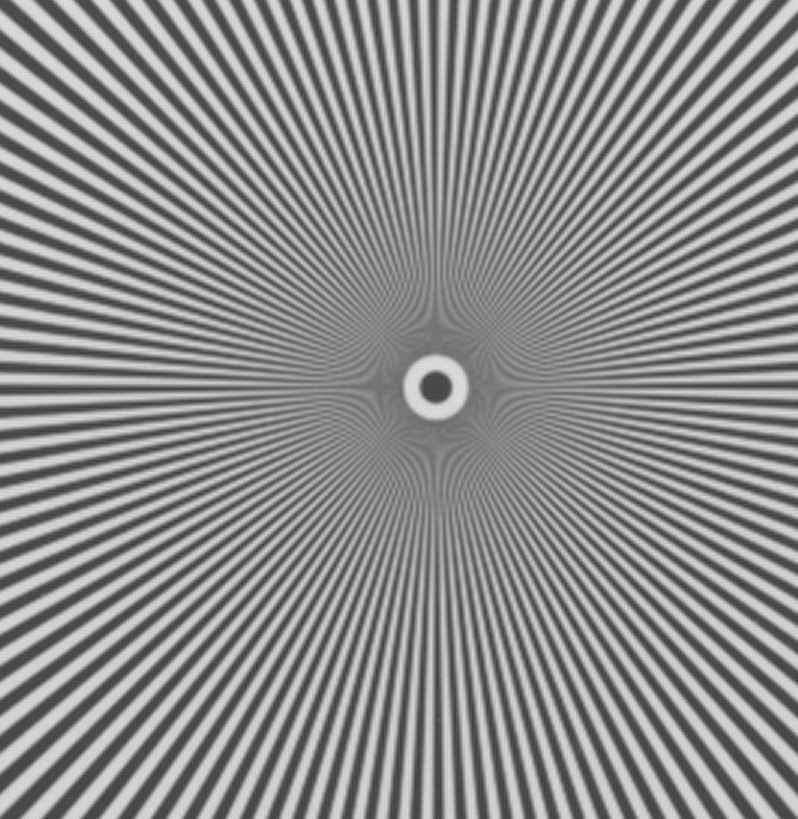
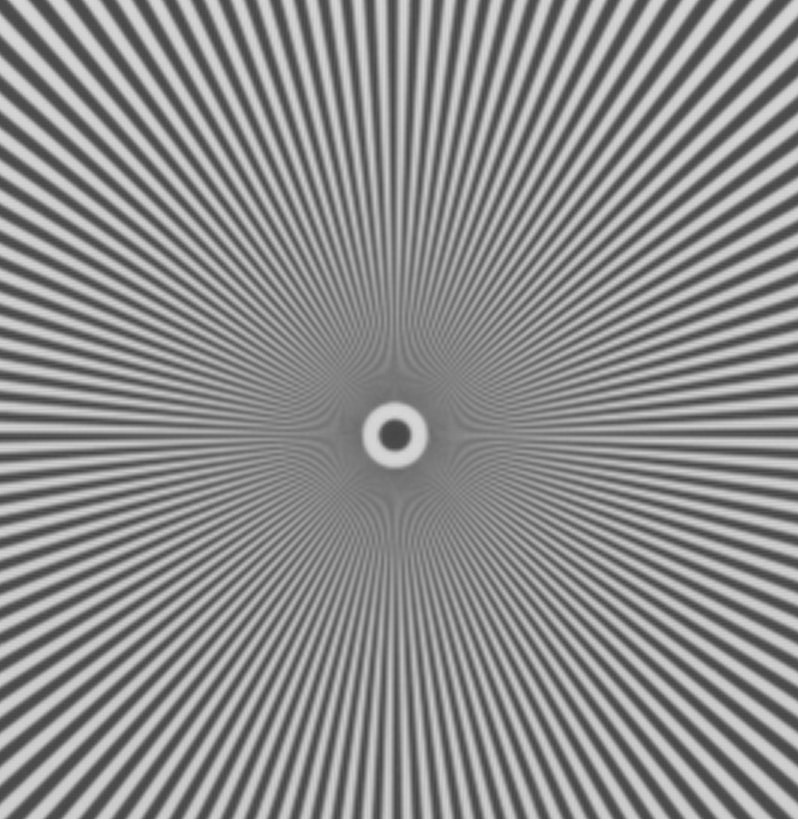
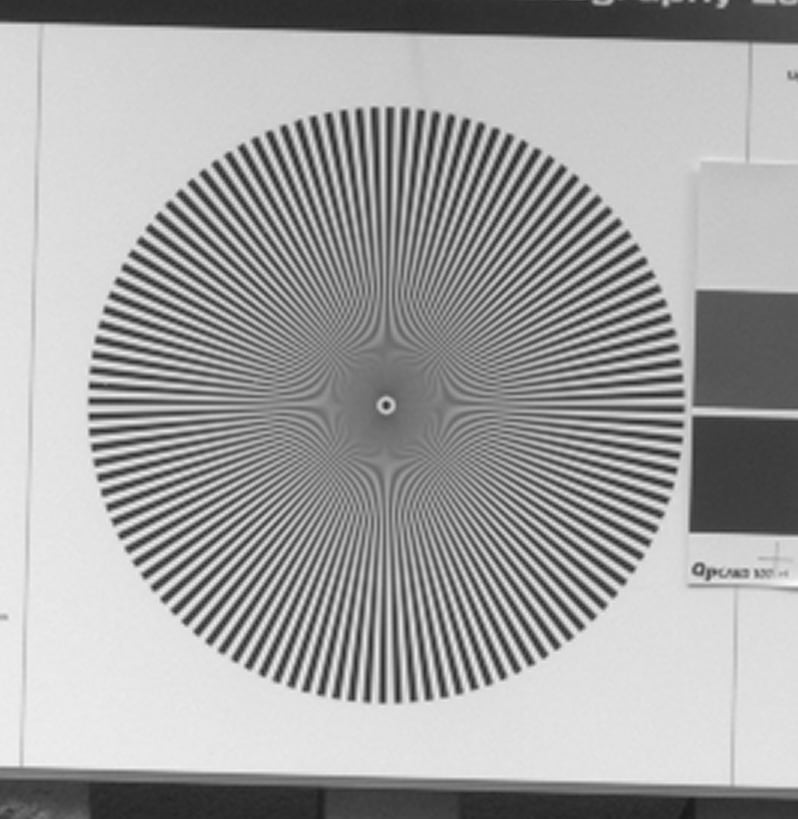
Dave Chew says
Thanks Jim, very interesting. Looks like we have reached the um point where most of these copal-based “digital” lenses are at their limit. They’ve always been considered quite good, but within the limitation of being stopped down to f/8+. Now that’s a limiting factor.
Dave
JimK says
Won’t they work better at f/5.6? I haven’t looked at the spec sheets.
And this is on-axis only. In the corners, it’s much less likely that diffraction will be the long pole in the tent.
Dave Chew says
Good question. I rarely shoot at f/5.6. I will check, but it’s getting dark on this end of the planet so maybe tomorrow. I had to set up in the woods!
Dave
JimK says
It is unfortunate that the best stop for the center is hardly ever the best stop for the corners.
Erik Kaffehr says
Dave and Jim,
Thanks for sharing!
BR
Erik
Peter says
Jim, with respect, you can’t really use such wildly different quality lenses to make a test like this. You are using a **film era** lens on that cutting edge 2019 Phase One IQ4 back, but the latest digital lenses on the Fuji – that’s not a fair comparison!
Please use a top level digital lens before drawing conclusions. If you want/need a 60mm, at least use the Rodenstock Digaron-S f4. That is 10+ years old now , but was designed for (early gen) digital sensors, not film. Mine is *very* sharp at f8, slightly better than the Fuji 45mm at my regular f8. The Fuji is better at wider apertures. (Phase IQ3-100 vs GFX-100)
Or neutralize this by using a Zeiss Otus on both cameras (totally possible via adapters)
Best not to use the Phase One XF lenses, like their 55mm, which is a design compromised by the long throw needed to clear mirrorbox. Those are not the benchmark here.
JimK says
See the added Rodenstock 90 mm f/5.6 HR Digaron-W/SW images.
Peter says
Unfortunately the 90mm Roddie W/SW is not a good lens either. It’s another carry-over from film/ 4×5″ days. It was so poor for digital work, and there were so many complaints, that Rodenstock prioritized replacing it with the completely new design 90mm HRSW (yellow banded). The Schneider 90mm f4.5 is pretty decent, and much better than the blue ringed Rodenstock.
But again, the lenses to use for tests like these are the Rodenstock Digaron-S lenses (60 or 100mm ideally) designed to give enough image circle for the sensor, and no more, like the Fuji’s, Sony’s, Canon’s, etc. The other ones are designed with *big* image circles, for tech camera movements, and of course something has to be traded for that larger image circle.
JimK says
I guess that makes my earlier point even more valid: “On axis near optimum f-stops, the sharpness is limited by the sensor, not the lens, at least with these lenses.” To be sure, I should have said “more limited”. If I could get people to send me the right samples, I could quantify this, but it’s hard enough to calibrate out focusing and focus shift differences when I’m doing the tests myself, and much harder with samples coming in from around the world.
JimK says
I think there are two main takeaways from this post:
1) On axis near optimum f-stops, the sharpness is limited by the sensor, not the lens, at least with these lenses.
2) The sensor’s pixel level sharpness look virtually identical, indicating similar microlens size.
Of course, at same print size, the IQ4 150 MP shots will be sharper, because the sensor is larger.
Roland Ayala says
If wanting/needing a tech camera, then a digital back (like the IQ4) is still the best option. A lot of people seem to overlook this when making comparisons of their favorite camera to Phase One. IMO, sensor tech is deep into diminishing returns territory and has been for quite some time. I found the GFX100s uninspiring to shoot with and sold it after six months, and sensor is no longer the dominant factor for me when evaluating a camera. Too bad Fuji doesn’t make a digital back using the 100s sensor.